Star Wars: Techniques And Tools For Asteroid Defense

Introduction
Asteroids are some of the most fascinating celestial objects out there, but they also pose a significant threat to our planet. An asteroid impact could cause damage on a global scale, potentially wiping out entire cities or even causing mass extinction events. With that in mind, it's important to have a full range of techniques and tools available for planetary defense against asteroids. In this article, we'll take a look at some of the strategies and technologies that could be used to defend against asteroid impacts.
Nuclear Explosions
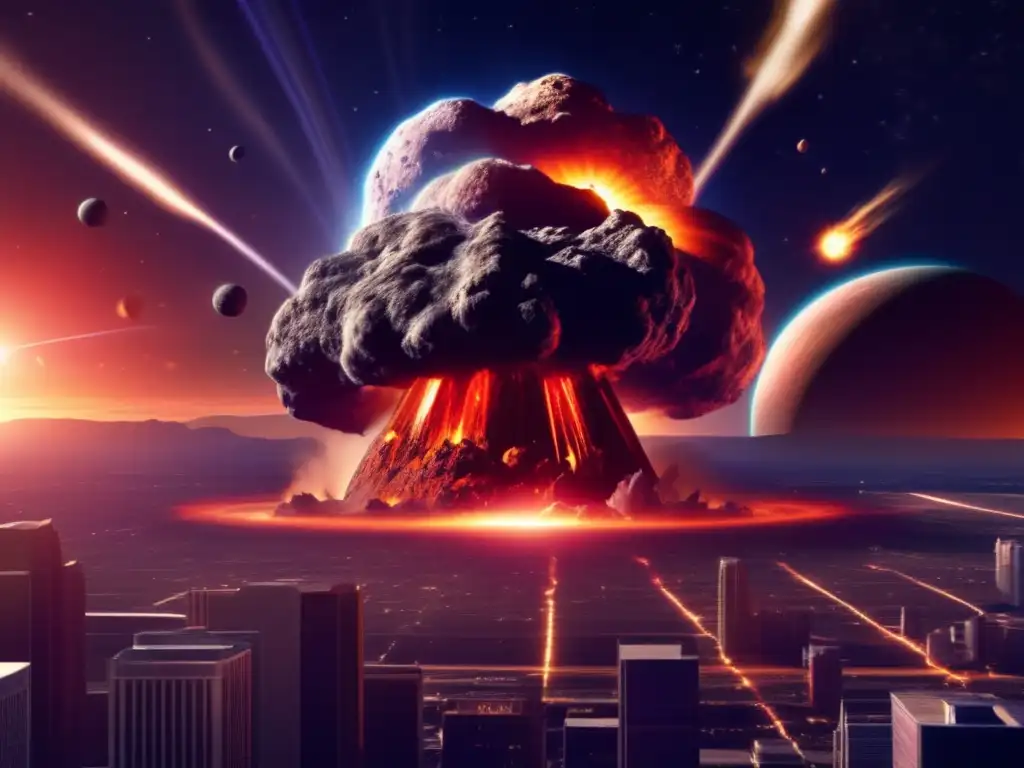
Using Nuclear Explosions as a Last Resort
Nuclear explosions have long been considered a potential defense against asteroids. The idea is to use a nuclear device to blast an asteroid into smaller pieces that would burn up in the Earth's atmosphere. However, using nuclear explosions to deflect or destroy asteroids is not without controversy. Some experts argue that the risks of irradiating the environment make this option only viable as a last resort.
Disadvantages of Nuclear Explosions
Nuclear explosions come with several disadvantages. For one thing, they could create an international outcry that could lead to political tensions. Additionally, the fallout and other environmental effects could cause significant harm to human populations. Finally, there is a risk that the nuclear explosion could cause the asteroid to break apart in a way that actually makes the problem worse instead of solving it.
Advantages of Nuclear Explosions
Despite their many challenges, nuclear explosions offer some distinct advantages when it comes to deflecting asteroids. For one thing, they are a proven method of creating massive amounts of energy quickly. Additionally, nuclear devices have the potential to be accurate and effective in targeting specific areas of an asteroid. Finally, nuclear explosions could be used to deflect asteroids that are on a collision course with Earth when other methods may not be feasible.
Gravitational Tractor
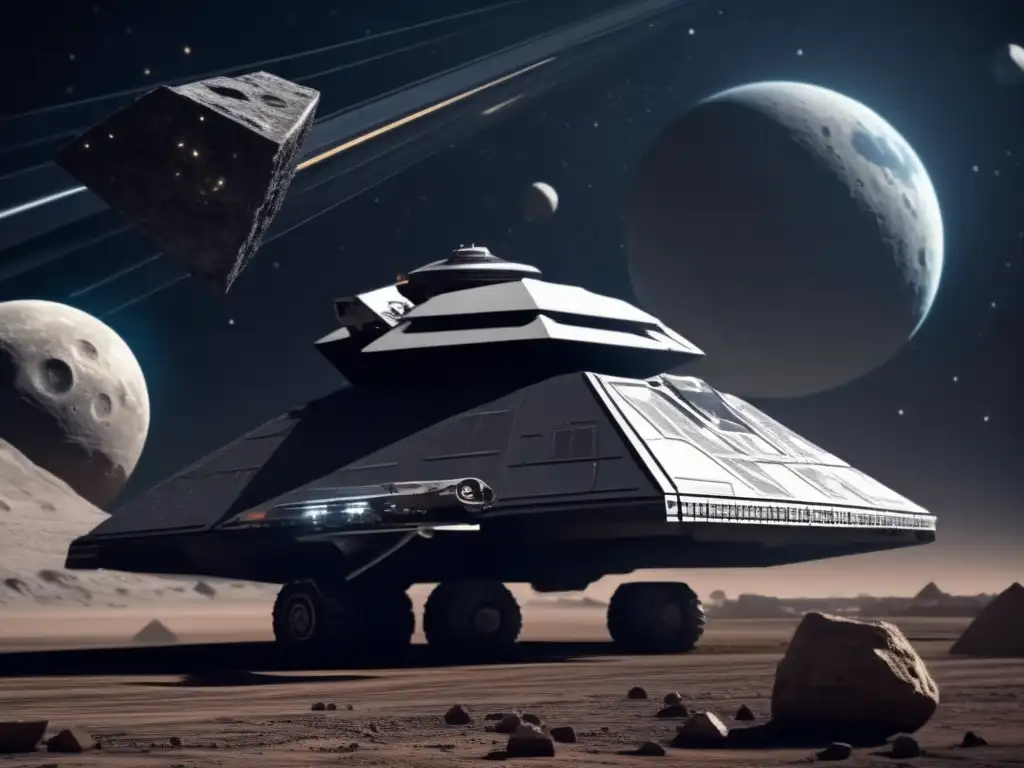
How a Gravitational Tractor Works
A gravitational tractor is a spacecraft designed to fly alongside an asteroid in space. The spacecraft's gravity would exert a force on the asteroid, causing it to change course. Because the tractor does not have to touch the asteroid, it avoids the fragmentation of the asteroid that could occur using kinetic impactors. Instead, it offers a gentle way to nudge the asteroid off its collision course with Earth.
Advantages and Disadvantages of Gravitational Tractor
The main advantage of the gravitational tractor is that it is a low-impact solution that can be highly accurate. However, the drawback is that it is a relatively slow process, as the spacecraft must be in close proximity to the asteroid for an extended period. Additionally, this method requires a spacecraft to rendezvous with the asteroid, which is no small feat.
Why the Gravitational Tractor Could Be Effective
The gravitational tractor offers one of the most promising strategies for deflecting asteroids because it is gentle, safe, and effective. It has been effectively tested and could be viable for use against severe threats. Furthermore, some scientists have proposed using a fleet of trackers, which could work together to deflect larger asteroids.
Kinetic Impactors

How Kinetic Impactors Work
Kinetic impactors are essentially spacecraft that are designed to collide with an asteroid. The idea is to knock the asteroid off course without damaging it so badly that it breaks apart. Kinetic impactors work through momentum transfer, with the spacecraft and the asteroid colliding at high speed.
Advantages and Disadvantages of Kinetic Impactors
The main advantage of kinetic impactors is their simplicity. They are relatively simple to design and can be carried out quickly. However, their disadvantages are that they lack accuracy and could create fragmentation of the asteroid, which could cause even more problems if it's a massive one. There is also a risk that the kinetic impactor could miss the asteroid entirely.
Why Kinetic Impactors Could Be Effective
Despite their challenges, kinetic impactors offer an effective means of deflecting asteroids. The technique has been successfully tested in the past and offers a relatively low-cost solution. Additionally, kinetic impactors could be sent out in advance of an impending asteroid impact, giving scientists time to plan and execute a deflection strategy.
Frequently Asked Questions

-
Can we use lasers to deflect asteroids?
While lasers have been proposed as a potential solution for planetary defense against asteroids, they have not been effectively tested. Lasers are best used for detecting and tracking asteroids, but they cannot physically deflect them.
-
How long would it take to deflect an asteroid using a gravitational tractor?
The amount of time it would take to deflect an asteroid using a gravitational tractor depends on factors such as the size of the asteroid and its orbit. However, it could take anywhere from several months to several years.
-
What happens if an asteroid is too large to deflect?
If an asteroid is too large to deflect, there may be no other solution than to evacuate the area and prepare for impact. This is why it's essential to have a range of planetary defense strategies in place.
-
Are all asteroids equally dangerous?
No, not all asteroids are equally dangerous. It's essential to assess each asteroid based on its size, trajectory, and other factors to determine the appropriate level of response.
-
What can individuals do to help with planetary defense against asteroids?
Individuals can contribute to planetary defense against asteroids by supporting funding for asteroid detection and monitoring programs. Additionally, they can advocate for stronger international cooperation when it comes to managing the threat of asteroid impacts.
Conclusion
As we've seen, there are many techniques and tools available for planetary defense against asteroids, from nuclear explosions to kinetic impactors to gravitational tractors. Each strategy brings its own advantages and disadvantages, and scientists will continue to work to develop new, innovative solutions. Ultimately, effectively dealing with the threat of asteroids will require cooperation and collaboration across borders and regions.
We encourage readers to share their thoughts, concerns or ideas in the comments section, interact positively with www.asteroidrealm.com, and participate actively in the global effort to ensure the safety of our planet from the potential threat of asteroids. We thank you for your attention and contributions to this vital cause.
Additional Resources
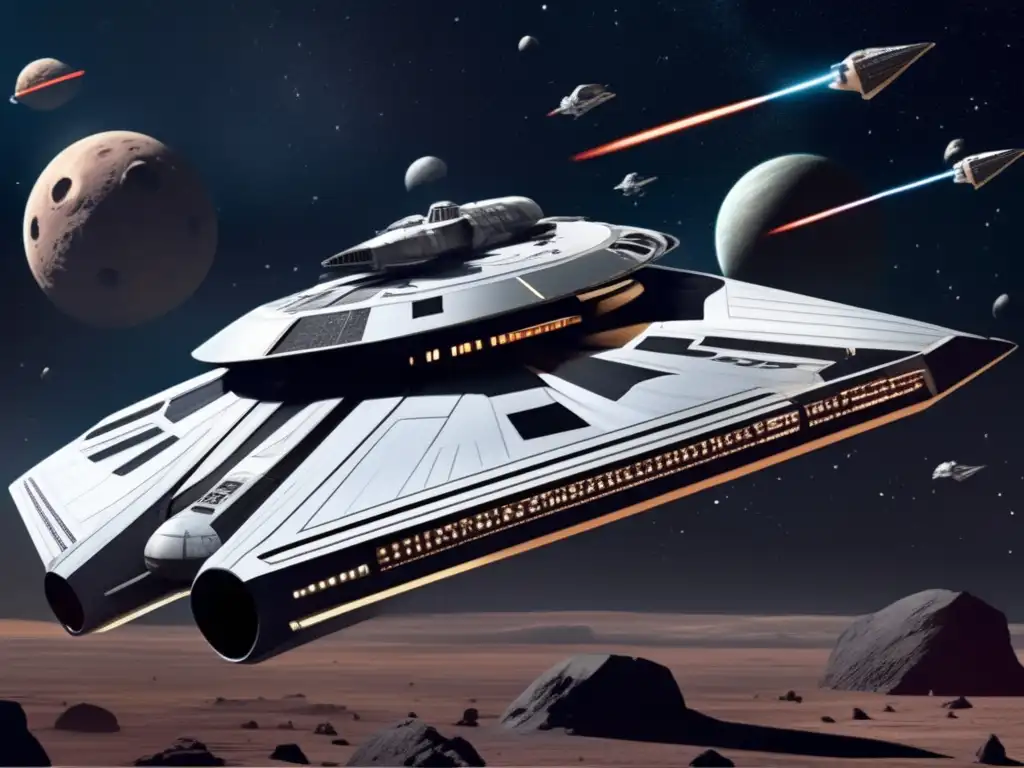
For more information and research on asteroid defense, please visit:
- NASA Planetary Defense Coordination Office - https://www.nasa.gov/planetarydefense.
- The B612 Foundation - https://b612foundation.org/
- The Planetary Society - https://www.planetary.org/
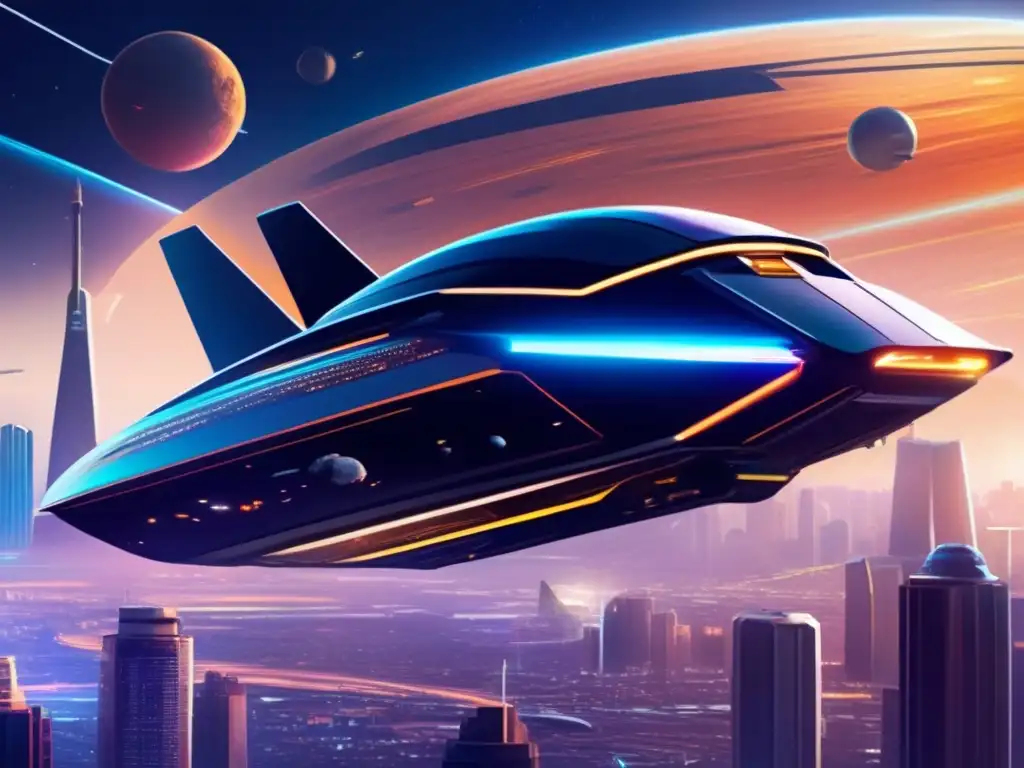 Guarding Our Home: Current Strategies For Asteroid Defense
Guarding Our Home: Current Strategies For Asteroid Defense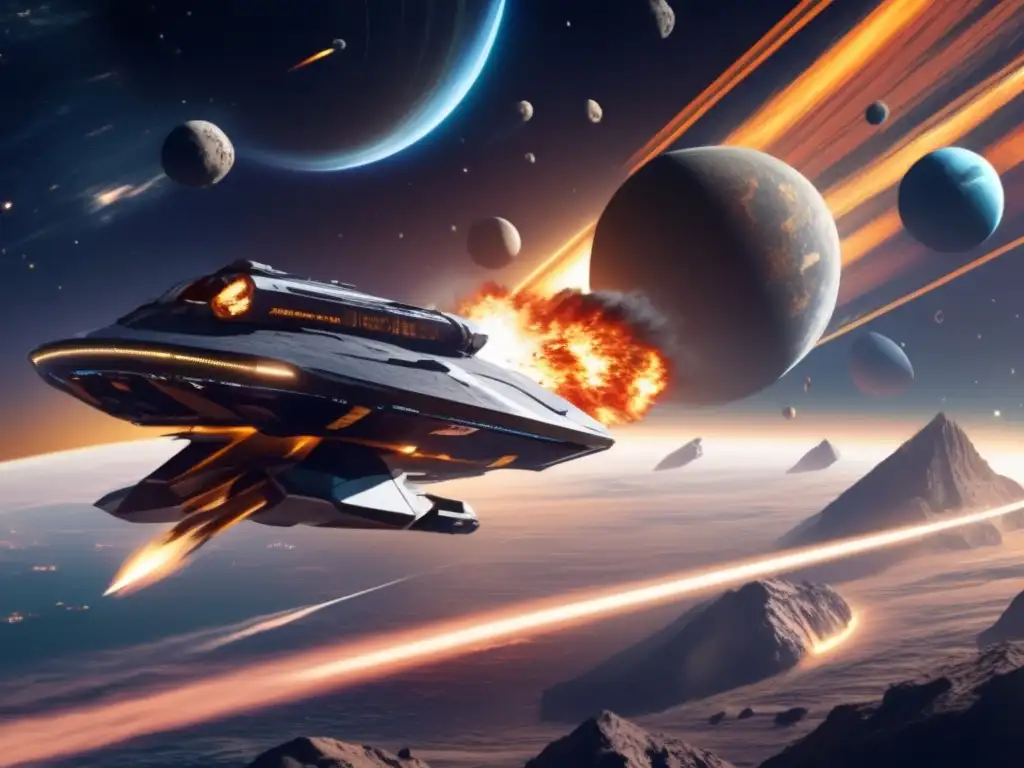 When Asteroids Attack: How We Defend Our Planet
When Asteroids Attack: How We Defend Our Planet The Skyfall Shield: Tools For Asteroid Defense
The Skyfall Shield: Tools For Asteroid DefenseIf you want to discover more articles similar to Star Wars: Techniques And Tools For Asteroid Defense, you can visit the Planetary Defense category.
Leave a Reply

Articulos relacionados: